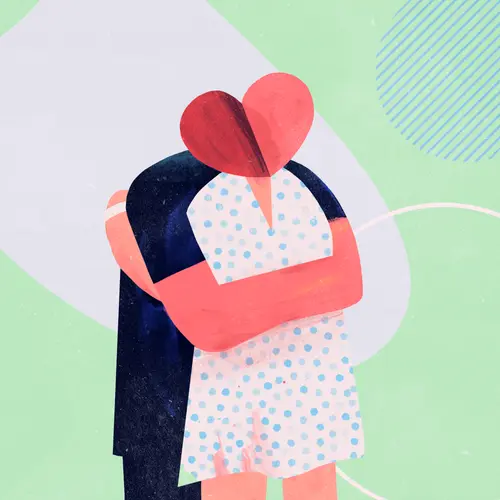What Color Blindness Looks Like

Hide Video Transcript
Video Transcript
[MUSIC PLAYING]
About these condition's name-- it's a bit misleading. Only the rarest, most severe type of colorblindness makes everything look white, black, and gray. Here's what this number 16 looks like to someone with total colorblindness. It's much more common to have trouble telling apart shades of red and green, blue and yellow, or a mix of these. Here's what this number seven looks similar to for someone with a more common color blindness.
Now, good news if you're a woman-- your DNA makes you much less likely to get the inherited type of colorblindness, but about 1 in 15 men end up with the condition. Sorry, guys. And while there is no cure, you may be able to see shades of red and green better with special prescription contact lenses or eyeglass filters. When a medication or disease causes colorblindness, getting the underlying problem treated may help too.
SPEAKER
Take a look at this circle. Do you see a number in the dots? It's a 7. How about in this one? It's at 13. If you don't see a number, it may be a symptom of colorblindness. About these condition's name-- it's a bit misleading. Only the rarest, most severe type of colorblindness makes everything look white, black, and gray. Here's what this number 16 looks like to someone with total colorblindness. It's much more common to have trouble telling apart shades of red and green, blue and yellow, or a mix of these. Here's what this number seven looks similar to for someone with a more common color blindness.
Now, good news if you're a woman-- your DNA makes you much less likely to get the inherited type of colorblindness, but about 1 in 15 men end up with the condition. Sorry, guys. And while there is no cure, you may be able to see shades of red and green better with special prescription contact lenses or eyeglass filters. When a medication or disease causes colorblindness, getting the underlying problem treated may help too.
